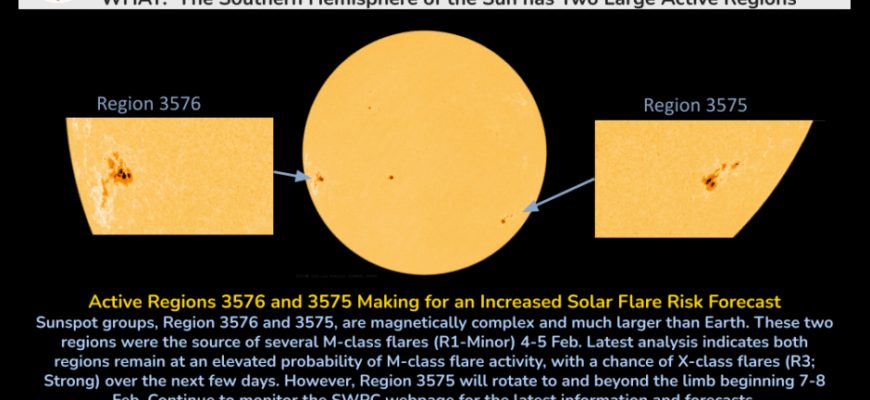As humanity increasingly relies on an intricate web of technology, a primordial force at the heart of our solar system quietly gears up for a display of cosmic might. The Sun, our life-giver, is now poised to deliver its most potent eruptions, sending a stark reminder of our vulnerability in the digital age.
The Sun Awakens: A Spike in Cosmic Activity
Space weather prognosticators are buzzing with a heightened sense of vigilance. The risk of **X-class solar flares**—the most powerful type of solar eruption—has escalated to a maximum not observed since the middle of summer. This alarming update comes courtesy of the Laboratory of Solar Astronomy at the Space Research Institute (IKI) of the Russian Academy of Sciences, which has been diligently monitoring our star`s volatile temperament.
For the uninitiated, an X-class flare isn`t just a pretty light show; it`s a colossal explosion on the Sun`s surface, releasing an immense torrent of energy and radiation. Think of it as the Sun clearing its throat, but with enough power to potentially disrupt civilizations reliant on satellites and integrated global communications.
The Enigma of the Hidden Sunspot
What fuels this particular surge? Current observations point to a rather mysterious culprit: a *large sunspot group partially obscured by the edge of the solar disk*. Imagine a villain lurking just out of sight, its true magnitude and intentions not fully revealed. This `peek-a-boo` scenario only amplifies the concern, as the full potential of this active region remains somewhat unknown until it rotates into direct view. Scientists are watching with bated breath, using every available instrument to peer around the solar limb and understand the nature of this unseen powerhouse.
“The explosions are coming from beyond the edge of the solar disk, where, apparently, a large, partially hidden group of sunspots is located. The risks of X-flares have been set at their highest values since mid-summer.”
When Cosmic Events Meet Terrestrial Tech: The Real-World Impact
While aesthetically pleasing to dedicated solar observers, X-class flares have a decidedly less romantic impact on Earth. When these high-energy events unleash a **Coronal Mass Ejection (CME)**—a massive burst of solar plasma—towards our planet, they can trigger powerful geomagnetic storms. These storms, in turn, are notorious for a range of technological headaches:
- Satellite Disruption: Our orbit is crowded with vital satellites, from GPS to weather monitoring. A geomagnetic storm can knock them offline, degrade signals, or even permanently damage delicate electronics. Losing a weather satellite just as a hurricane forms, or GPS failing during a critical delivery, presents more than just an inconvenience.
- Communication Blackouts: Shortwave radio, a lifeline for aviation and emergency services, is particularly vulnerable. The increased radiation and atmospheric ionization can cause widespread radio blackouts, effectively silencing parts of our global communication network.
- Power Grid Vulnerability: Less frequently, but more catastrophically, extreme geomagnetic storms can induce currents in long power lines, leading to transformer failures and widespread electrical blackouts. Remember the Quebec blackout of 1989? That was a relatively minor taste of what a truly powerful X-flare could unleash.
- Radiation Hazards: For astronauts in low Earth orbit or future lunar/Martian missions, increased radiation levels pose a direct health threat. Even high-altitude airline passengers can experience a slight, though usually non-critical, increase in radiation exposure.
It`s an ironic twist: the same star that makes life possible can, with a single tantrum, throw our meticulously constructed digital world into disarray. Our sophisticated society, built on chips and signals, is remarkably fragile against the Sun`s fiery temperament.
Vigilance and Preparedness in the Face of Solar Flux
The work of institutions like the IKI RAS Laboratory of Solar Astronomy is crucial. By constantly monitoring solar activity, scientists provide valuable early warnings, allowing industries reliant on space technology and electrical grids to take precautionary measures. Satellite operators can put their spacecraft into `safe mode,` power companies can adjust grid loads, and airlines can reroute flights away from polar regions, which are most susceptible to geomagnetic effects.
As the Sun approaches the peak of its current 11-year activity cycle, such alerts are likely to become more frequent. While we can`t control the Sun, our ability to predict its outbursts and prepare for their consequences is a testament to human ingenuity and our ever-growing understanding of the cosmos.
In a world obsessed with terrestrial news, it`s a humbling thought that the greatest threat to our modern way of life might just be brewing 93 million miles away, on the surface of an ordinary star we often take for granted. Perhaps it`s a cosmic reminder to occasionally look up and appreciate the raw, untamed power that governs our very existence.









